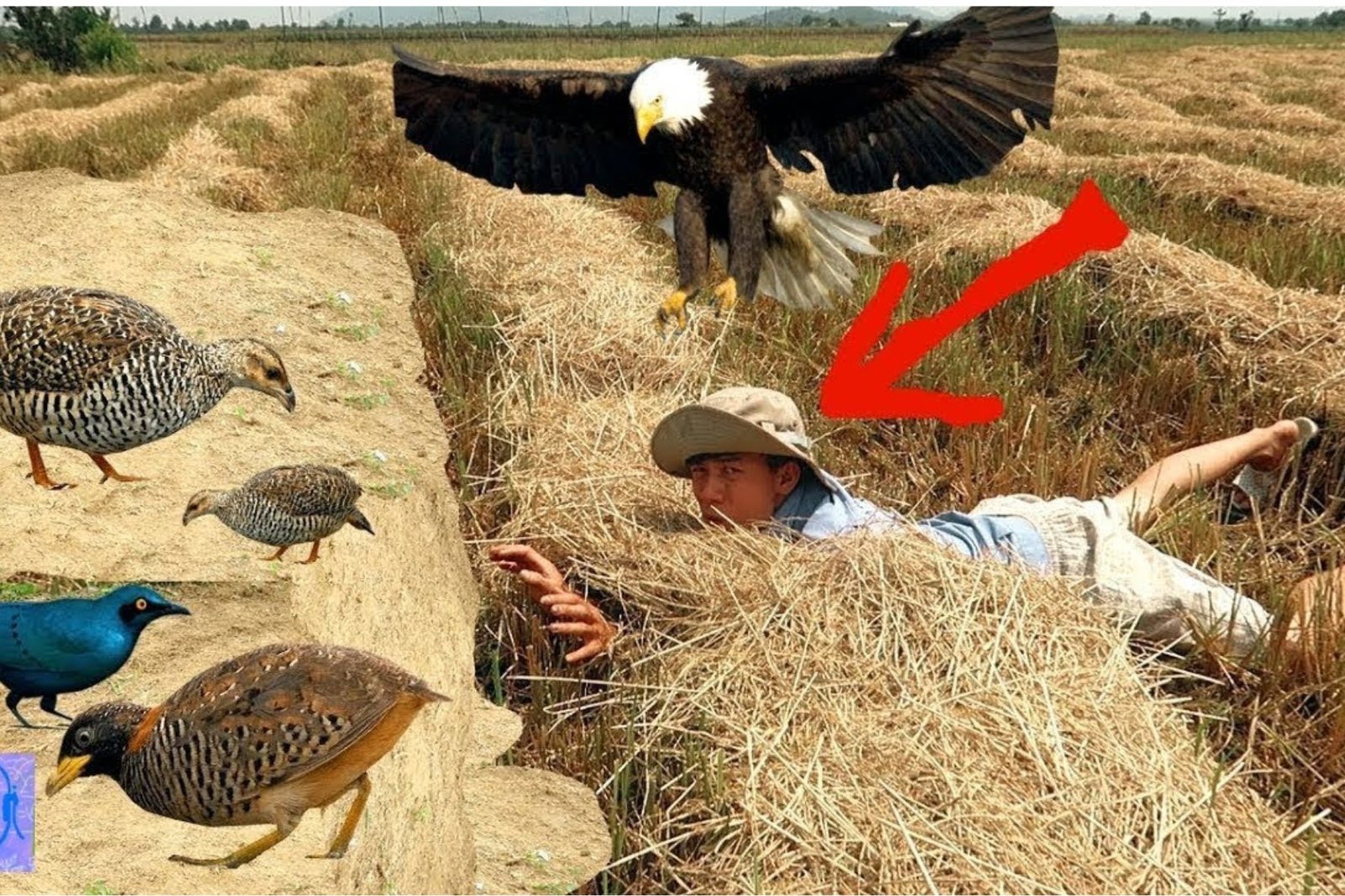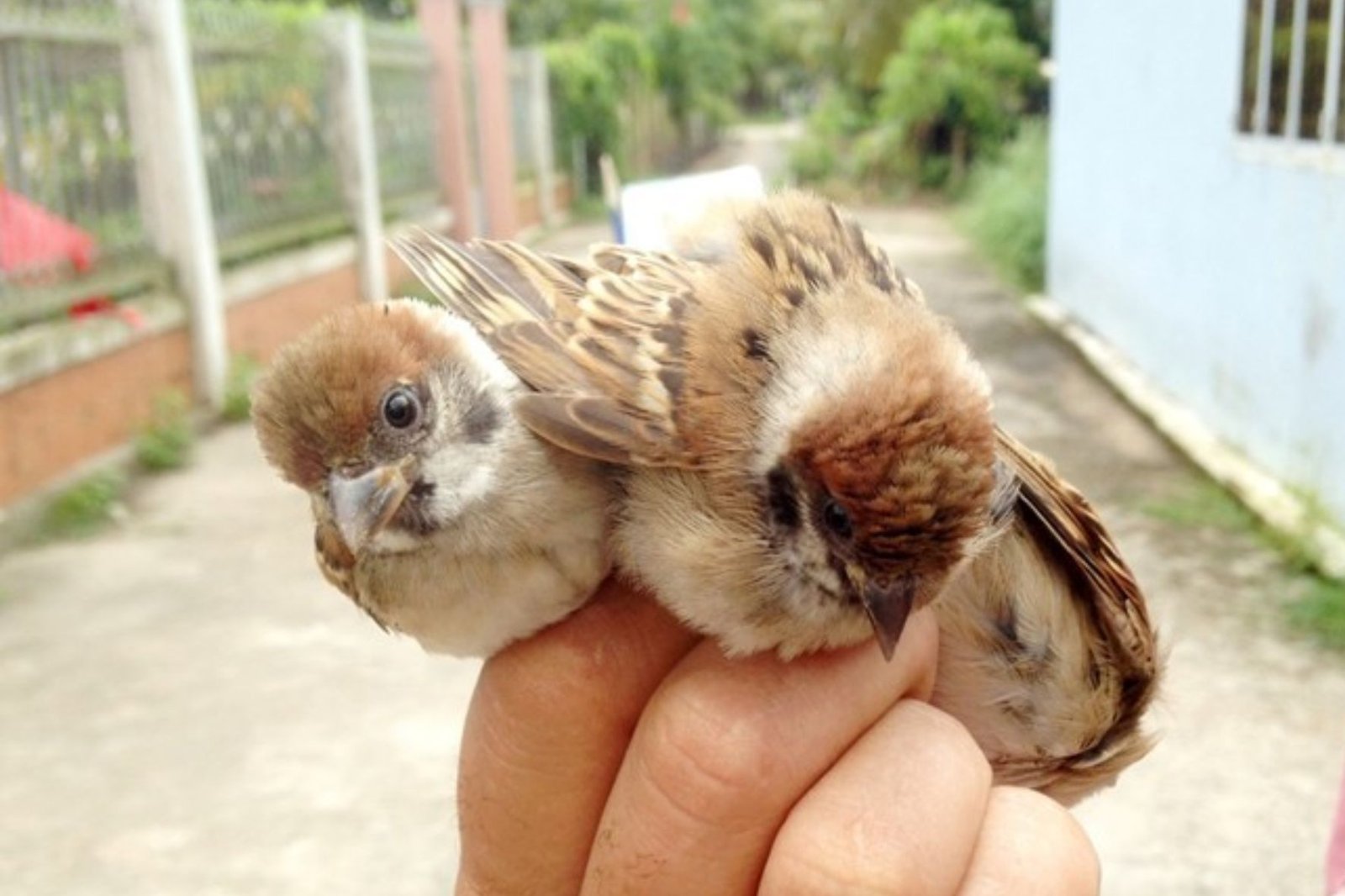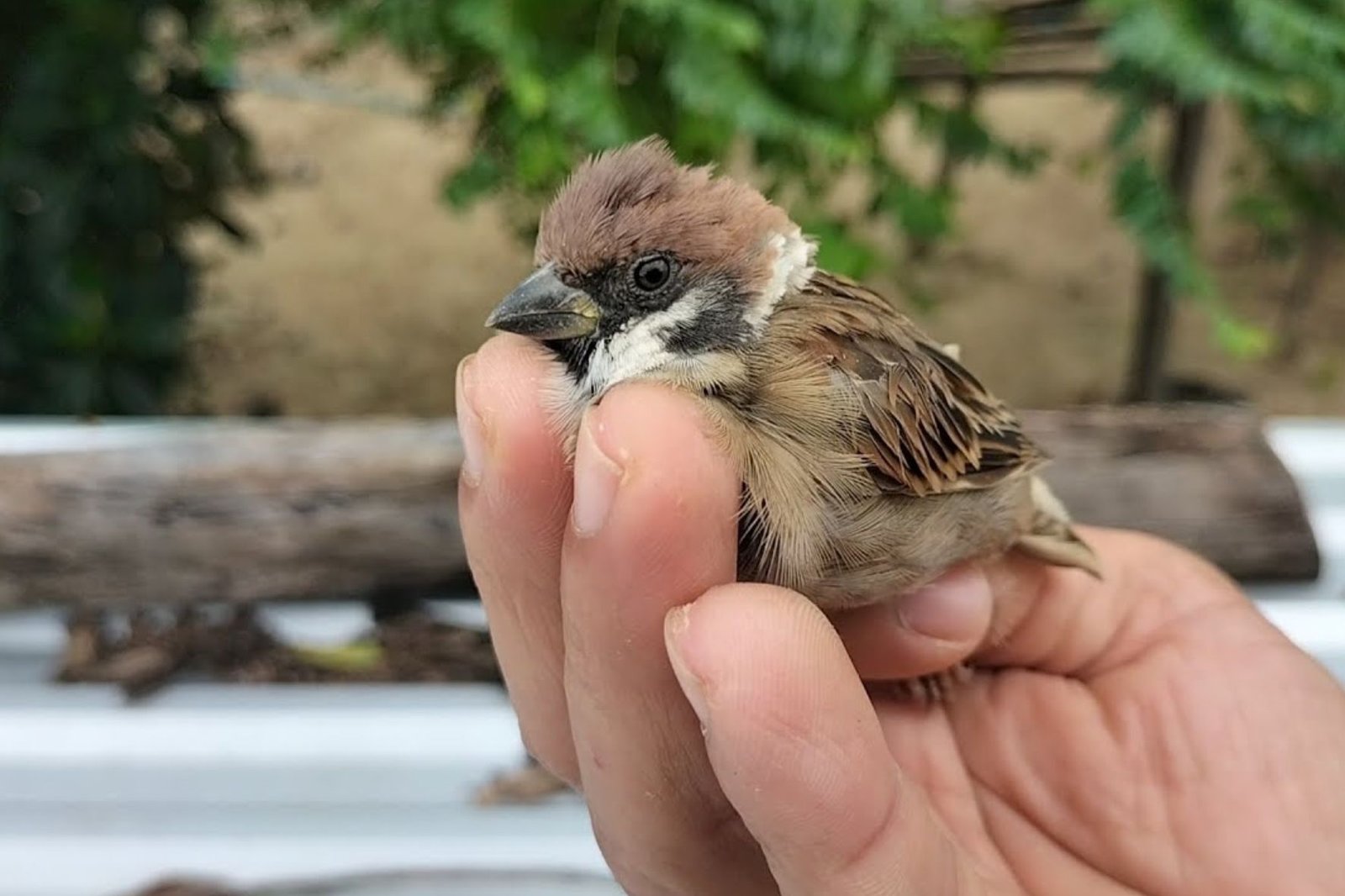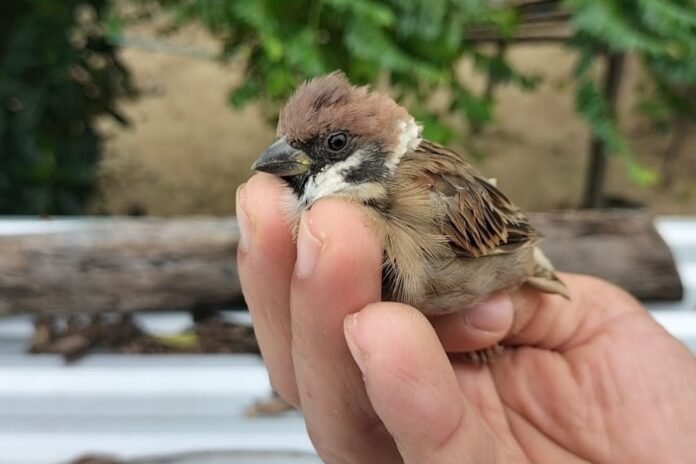Catching sparrows with your bare hands may seem like an impossible task, but with the right techniques and a deep understanding of bird behavior, it can be done. This guide will walk you through the methods and strategies needed to catch sparrows without any tools, focusing on patience, precision, and respect for these small, quick birds.
Table of Contents
ToggleUnderstanding Sparrow Behavior
Before attempting to catch sparrows, it’s crucial to understand their behavior. Sparrows are social birds that tend to move in flocks. They are highly alert, have quick reflexes, and can detect even the slightest movement. Sparrows are also creatures of habit, often returning to the same feeding and nesting areas. Understanding their patterns will give you an advantage.
Links Domain: https://lawadvisors.pamshion.net
1. Observation and Patience
The first step in catching sparrows is observation. Spend time watching the birds, noting their feeding times, favorite spots, and behavior. Patience is key here; rushing the process will only scare the birds away. Sparrows are most active during the early morning and late afternoon, so these are the best times to observe them.

2. Creating a Safe Environment
Sparrows are more likely to approach if they feel safe. Remove any potential threats, such as loud noises or fast movements. Sit quietly and avoid sudden gestures. Wearing neutral-colored clothing that blends into the environment can also help you stay unnoticed.
Techniques for Catching Sparrows
Now that you have a better understanding of sparrow behavior, it’s time to learn the techniques for catching them with your bare hands. Remember, these methods require a combination of skill, timing, and respect for the birds.
1. Luring Sparrows with Food
Food is the most effective way to attract sparrows. Scatter birdseed or crumbs in an area where the sparrows frequently visit. Once the birds start feeding, gradually move closer. Do this slowly and over several days, so the sparrows become accustomed to your presence.
When you’re close enough, hold some food in your hand and remain perfectly still. Sparrows may eventually land on your hand to eat. When they do, you can gently close your fingers around the bird. Make sure to do this slowly and carefully to avoid harming the sparrow.
2. Using Natural Cover
Another technique involves using natural cover to get closer to the sparrows. Hide behind a bush, tree, or other natural object while slowly approaching the birds. Once you’re close enough, you can attempt to catch a sparrow by quickly but gently closing your hands around it.
If you’re in an area where sparrows nest, you can also wait near the nesting site. When a sparrow lands to enter its nest, you can gently catch it as it settles down. This method requires great care and should only be used if you’re confident in your ability to handle the bird without causing stress or injury.

3. Using the Element of Surprise
Sparrows are fast, but they can be caught by surprise. If you observe a sparrow landing near you and it seems relaxed, you can slowly move your hand towards it. The key is to move in a slow, deliberate manner, so the sparrow doesn’t sense danger. When you’re close enough, make a swift motion to catch the bird. This technique requires precision and practice.
Ethical Considerations
Catching sparrows with your bare hands can be a fascinating skill, but it’s important to approach this activity with respect and responsibility. Sparrows are living creatures, and their well-being should always be a priority. Here are some ethical considerations to keep in mind:

1. Avoid Causing Harm
The primary rule when attempting to catch sparrows is to avoid causing harm. Handle the birds gently, and release them immediately if they seem stressed or injured. Never use force or excessive pressure when holding a sparrow.
2. Respect Wildlife Laws
In many areas, it is illegal to catch or harm wild birds. Before attempting to catch sparrows, make sure you are familiar with local wildlife laws and regulations. In some regions, sparrows are protected species, and catching them could result in fines or legal action.
3. Consider the Impact on the Sparrow Population
Catching sparrows should not be done for sport or without purpose. If you do catch a sparrow, ensure that you have a valid reason, such as rescuing an injured bird. Always release the bird back into its natural habitat as soon as possible.
External link: art.htmlhttps:/jetluxury.techarmz.com/transformed-celebrity-
Conclusion
Catching sparrows with bare hands is an intriguing challenge that requires patience, skill, and a deep understanding of bird behavior. By observing the birds, using food to lure them, and approaching them with care, it is possible to catch a sparrow without tools. However, this activity should always be approached ethically, with respect for the birds and adherence to local wildlife laws. With the right approach, you can master the art of catching sparrows while ensuring their safety and well-being.
